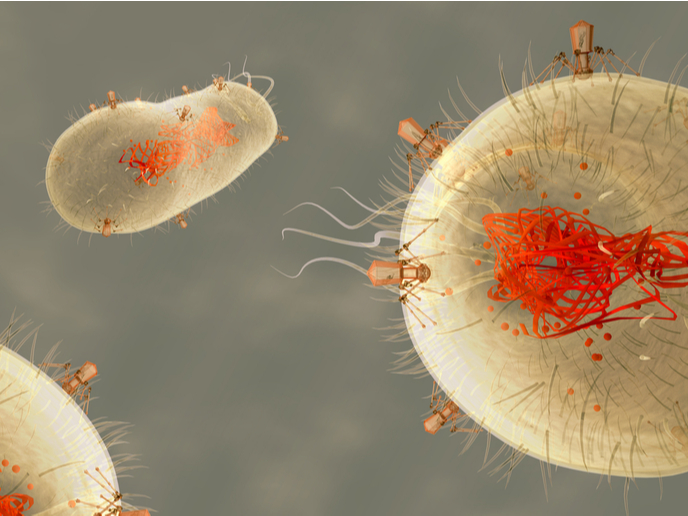Viability assessments of endangered species
The TRANSPLANT program aims at quantifying the effects of habitat fragmentation on survival probabilities of plants measured over their range of distribution. This information will assist the development of a red data list of species, which will reflect the threat of extinction on a European scale. Furthermore, restoration measures, including re-introduction, are developed and their effectiveness is tested. In the framework of the project an ample set of sampled demographic data was collected over a spectrum of habitats. The data concerned the whole plant life cycles, from flowering and seed production over recruitment to development and survival of established plants. This data was collected on a yearly basis and used for the construction of demographic transition matrices but also as a basis for analyses of historical and habitat configuration effects on species demography. More specifically, the extinction probabilities as a function of population size for species with different demographic characteristics was calculated. Different species were selected as representatives of existing variation in life cycles, such as life span and dispersal ability. Studies were made in the field using permanent plots at selected target populations, but also using experimental plots subjected to seed addition. Extinction risks and persistence times were studied as a function of environmental stochasticity, geographic position, population size and different life histories. This knowledge of demography and population viability is critical for decision-making concerning land use. Since population viability of species is related to land use, agricultural planning and management practices depend on species response to changes in land use. Additionally, viability assessments of endangered species are an important tool for conservation, as they give valuable input about their recreational values and the time frames for restoration programmes. Beyond that, the produced knowledge will also be useful in education and as a collaboration starting point concerning landscape history, soil development and ecosystem processes.







